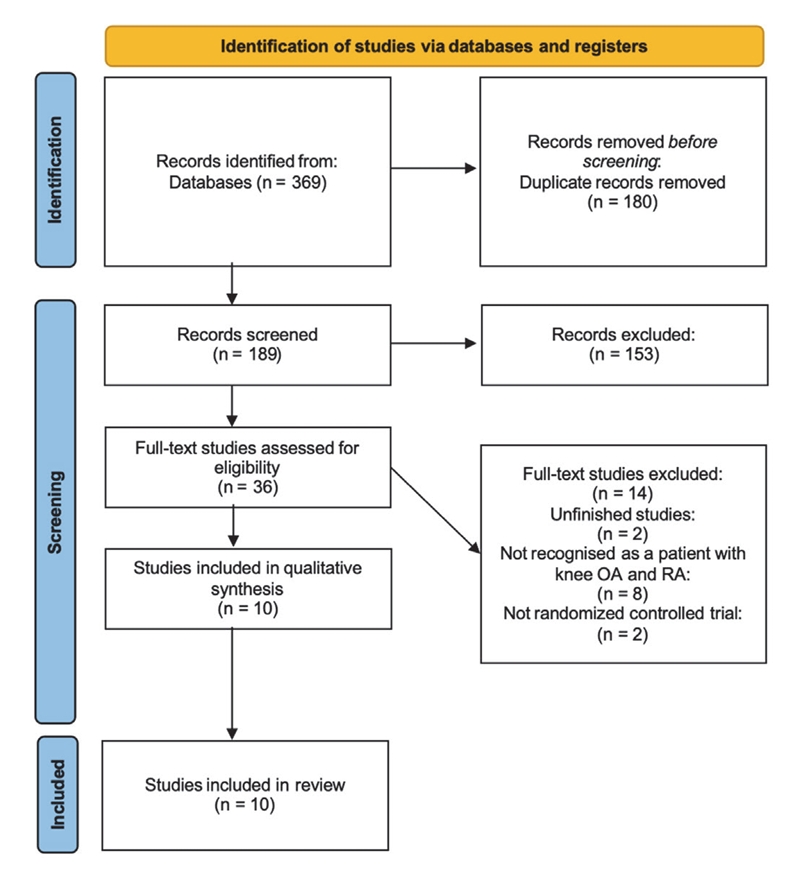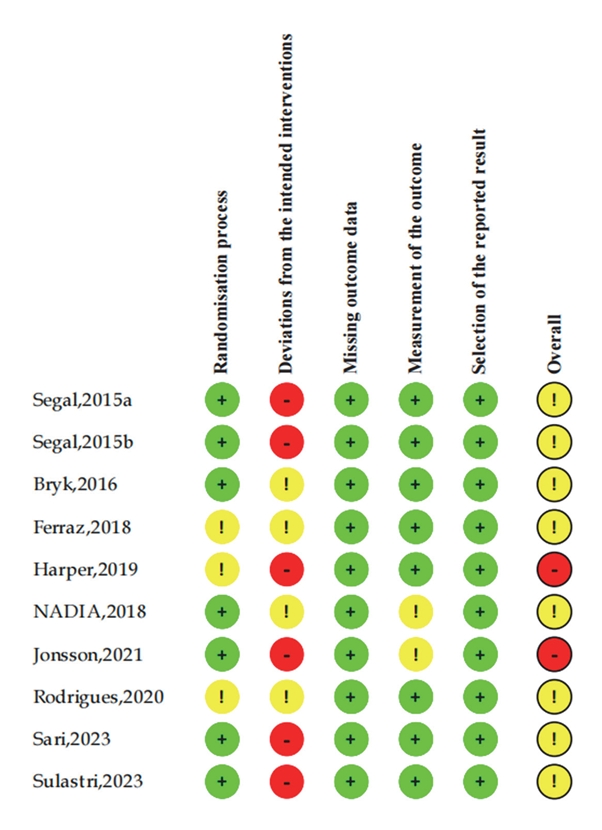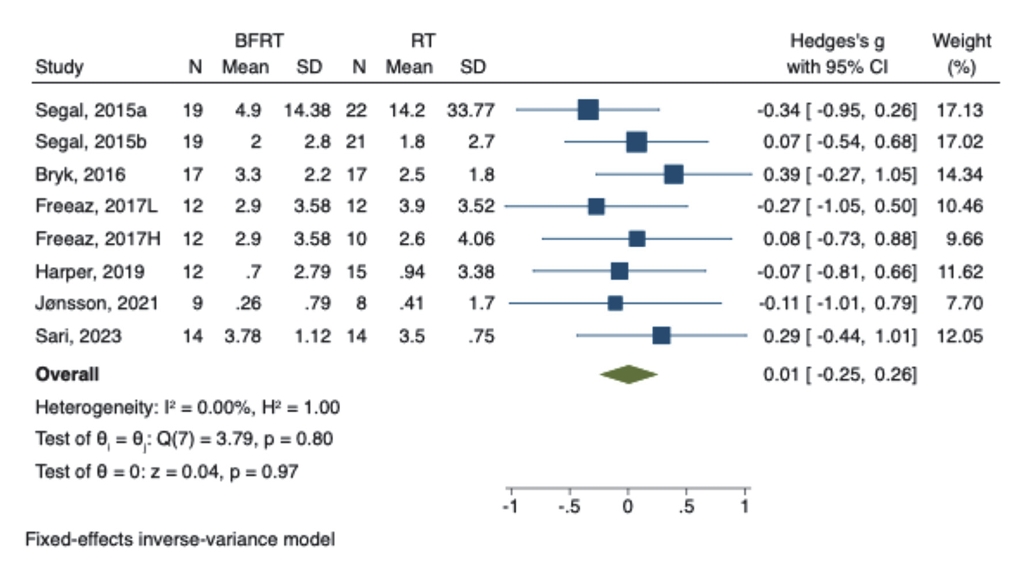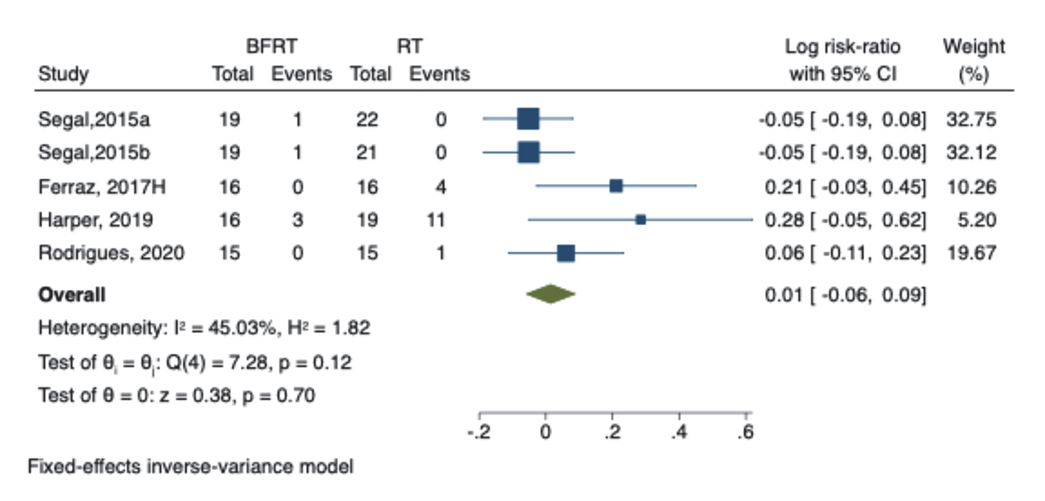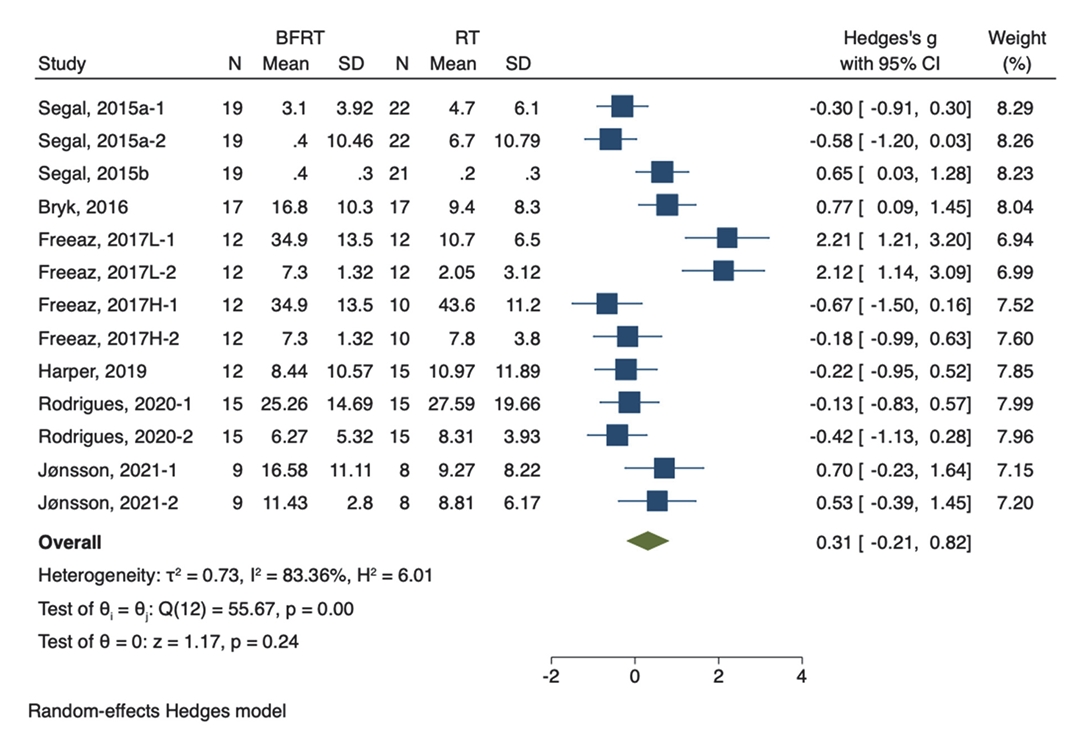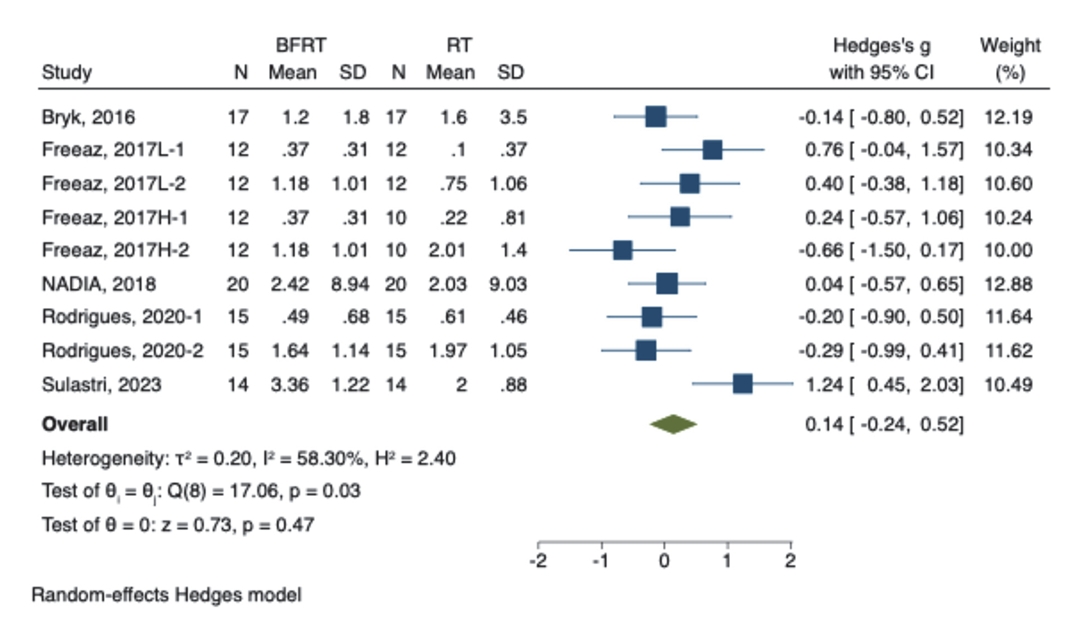2. Vos T, Lim SS, Abbafati C, Abbas KM, Abbasi M, Abbasifard M, Abbasi-Kangevari M, Abbastabar H, Abd-Allah F, Abdelalim A. Global burden of 369 diseases and injuries in 204 countries and territories, 1990-2019: a systematic analysis for the global burden of disease study 2019. Lancet 2020;396:1204-22.


3. Hunter DJ, Bierma-Zeinstra S. Osteoarthritis. Lancet 2019;393:1745-59.


5. Buckwalter JA, Saltzman C, Brown T. The impact of osteoarthritis: implications for research. Clin Orthop Relat Res 2004;427:S6-15.
6. Ward SA, Parikh S, Workman B. Health perspectives: international epidemiology of ageing. Best Pract Res Clin Anaesthesiol 2011;25:305-17.


10. Garber CE, Blissmer B, Deschenes MR, Franklin BA, Lamonte MJ, Lee IM, Nieman DC, Swain DP. American College of Sports Medicine position stand. Quantity and quality of exercise for developing and maintaining cardiorespiratory, musculoskeletal, and neuromotor fitness in apparently healthy adults: guidance for prescribing exercise. Med Sci Sports Exercise 2011;43:1334-59.
12. Westcott WL. Resistance training is medicine: effects of strength training on health. Curr Sports Med Rep 2012;11:209-16.

15. Hwang PS, Willoughby DS. Mechanisms behind blood flow-restricted training and its effect toward muscle growth. J Strength Cond Res 2019;33:S167-79.


17. Hughes L, Patterson SD. The effect of blood flow restriction exercise on exercise-induced hypoalgesia and endogenous opioid and endocannabinoid mechanisms of pain modulation. J Appl Physiol 2020;128:914-24.


19. Wang HN, Chen Y, Cheng L, Cai YH, Li W, Ni GX. Efficacy and safety of blood flow restriction training in patients with knee osteoarthritis: a systematic review and meta-analysis. Arthritis Care Res 2022;74:89-98.
20. Page MJ, McKenzie JE, Bossuyt PM, Boutron I, Hoffmann TC, Mulrow CD, Shamseer L, Tetzlaff JM, Akl EA, Brennan SE, Chou R, Glanville J, Grimshaw JM, Hróbjartsson A, Lalu MM, Li T, Loder EW, Mayo-Wilson E, McDonald S, McGuinness LA, Stewart LA, Thomas J, Tricco AC, Welch VA, Whiting P, Moher D. The PRISMA 2020 statement: an updated guideline for reporting systematic reviews. BMJ 2021;372:n71.



21. Shea BJ, Reeves BC, Wells G, Thuku M, Hamel C, Moran J, Moher D, Tugwell P, Welch V, Kristjansson E, Henry DA. AMSTAR 2: a critical appraisal tool for systematic reviews that include randomised or non-randomised studies of healthcare interventions, or both. BMJ 2017;358:j4008.


22. Higgins JPT, Thomas J, Chandler J, Cumpston M, Li T, Page MJ, Welch VA. Cochrane handbook for systematic reviews of interventions version 6.4 (updated August 2023). Cochrane. 2023.
23. Alghadir AH, Anwer S, Iqbal A, Iqbal ZA. Test-retest reliability, validity, and minimum detectable change of visual analog, numerical rating, and verbal rating scales for measurement of osteoarthritic knee pain. J Pain Res 2018;11:851-6.


24. da Silva Júnior JEF, Dibai-Filho AV, Santos IS, Protázio JB, Júnior JDA, de Oliveira DD, dos Santos PG, Fidelis-de-Paula-Gomes CA. Measurement properties of the short version of the Western Ontario and McMaster universities arthritis index (WOMAC) for individuals with knee osteoarthritis. BMC Musculoskelet Disord 2023;24:574.


25. Almangoush A, Herrington L, Attia I, Jones R, Aldawoudy A, Abdul Aziz A, Waley A. Cross-cultural adaptation, reliability, internal consistency and validation of the Arabic version of the knee injury and osteoarthritis outcome score (KOOS) for Egyptian people with knee injuries. Osteoarthritis Cartilage 2013;21:1855-64.


26. Cashin AG, McAuley JH. Clinimetrics: physiotherapy evidence database (PEDro) scale. J Physiother 2019;66:59.


27. Higgins JP, Savović J, Page MJ, Elbers RG, Sterne JA. Assessing risk of bias in a randomized trial. Cochrane handbook for systematic reviews of interventions 2019;6:205-28.


28. Borenstein M, Hedges LV, Higgins JP, Rothstein HR. Introduction to meta-analysis John Wiley & Sons; 2021;127-51.
33. Ferraz RB, Gualano B, Rodrigues R, Kurimori CO, Fuller R, Lima FR, De Sa-Pinto AL, Roschel H. Benefits of resistance training with blood flow restriction in knee osteoarthritis. Med Sci Sports Exerc 2018;50:897-905.


34. Harper SA, Roberts LM, Layne AS, Jaeger BC, Gardner AK, Sibille KT, Wu SS, Vincent KR, Fillingim RB, Manini TM, Buford TW. Blood-flow restriction resistance exercise for older adults with knee osteoarthritis: a pilot randomized clinical trial. J Clin Med 2019;8:265.



35. Nadia AF, Abdallah MM, Fadel MEM, Mohammed MM. Effect of low load resistance blood flow restriction training on knee osteoarthritis. Cairo Med J 2018;86:4297-306.

36. Jønsson AB, Johansen CV, Rolving N, Pfeiffer-Jensen M. Feasibility and estimated efficacy of blood flow restricted training in female patients with rheumatoid arthritis: a randomized controlled pilot study. Scand J Rheumatol 2021;50:169-77.


37. Rodrigues R, Ferraz RB, Kurimori CO, Guedes LK, Lima FR, de Sá‐Pinto AL, Gualano B, Roschel H. Low‐load resistance training with blood‐flow restriction in relation to muscle function, mass, and functionality in women with rheumatoid arthritis. Arthritis Care Res 2020;72:787-97.


38. Sari A, Pawana IPA, Utami DA, Melaniani S. Effect of low-intensity resistance training with blood flow restriction on functional status in knee osteoarthritis. Bali Med J 2023;12:2604-11.
39. Sulastri SM. Effect of blood flow restriction in low-intensity resistance training of quadriceps femoris on lower extremity strength in patients with knee osteoarthritis. J Med Chem Sci 2023;6:2994-3003.
40. Jakobsson U, Hallberg IR. Pain and quality of life among older people with rheumatoid arthritis and/or osteoarthritis: a literature review. J Clin Nurs 2002;11:430-43.


41. Izquierdo M, Merchant R, Morley J, Anker S, Aprahamian I, Arai H, Aubertin-Leheudre M, Bernabei R, Cadore E, Cesari M, Chen LK, de Souto Barreto P, Ferrucci L, Fielding RA, Garcia-Hermoso A, Gutierrez-Robledo LM, Harridge SDR, Kirk B, Kritchevsky S, Landi F, Lazarus N, Martin FC, Marzetti E, Pahor M, Ramirez-Velez R, Rodriguez-Manas L, Rolland Y, Ruiz JG, Theou O, Villareal DT, Waters DL, Won CW, Woo J, Vellas B, Singh MF. International exercise recommendations in older adults (ICFSR): expert consensus guidelines. J Nutr Health Aging 2021;25:824-53.



42. Manini TM, Clark BC. Blood flow restricted exercise and skeletal muscle health. Exerc Sport Sci Rev 2009;37:78-85.


43. Nelson AE, Allen KD, Golightly YM, Goode AP, Jordan JM. A systematic review of recommendations and guidelines for the management of osteoarthritis: the chronic osteoarthritis management initiative of the US bone and joint initiative. Semin Arthritis Rheum 2014;43:701-12.


46. Park HY, Lim K. Effects of hypoxic training versus normoxic training on exercise performance in competitive swimmers. J Sports Sci Med 2017;16:480-8.


49. de Rooij M, van der Leeden M, Heymans MW, Holla JF, Häkkinen A, Lems WF, Roorda LD, Veenhof C, Sanchez-Ramirez DC, de Vet HCW, Dekker J. Prognosis of pain and physical functioning in patients with knee osteoarthritis: a systematic review and metaanalysis. Arthritis Care Res 2016;68:481-92.

51. Laurent MR, Dedeyne L, Dupont J, Mellaerts B, Dejaeger M, Gielen E. Age-related bone loss and sarcopenia in men. Maturitas 2019;122:51-6.








